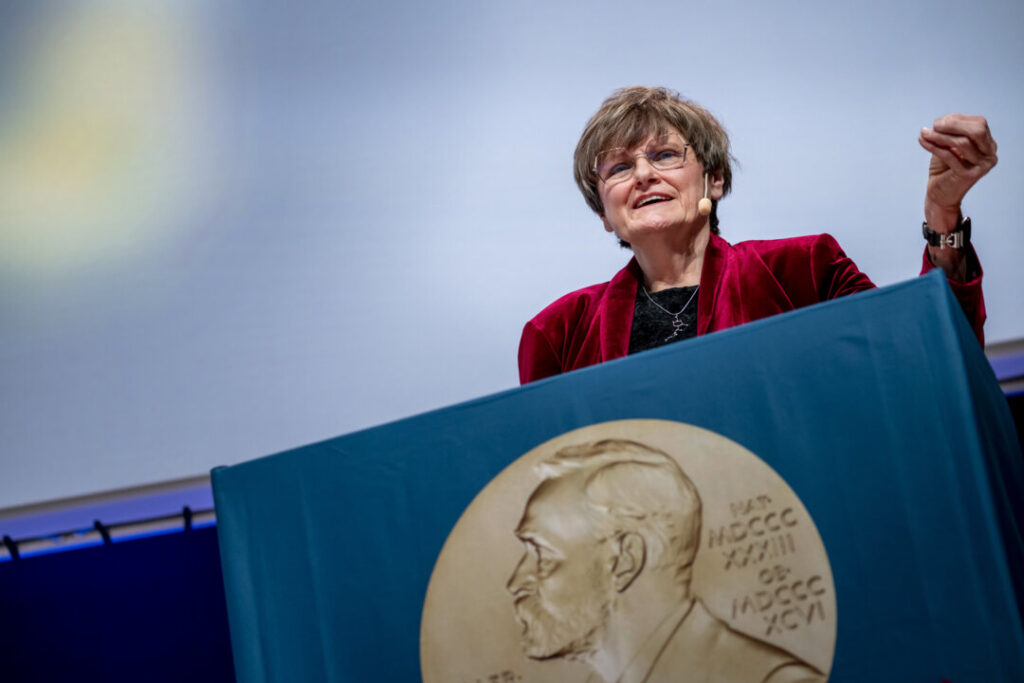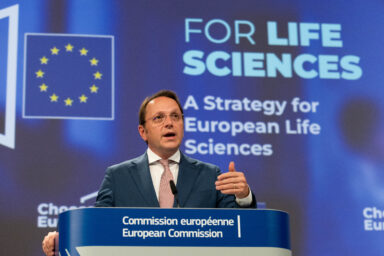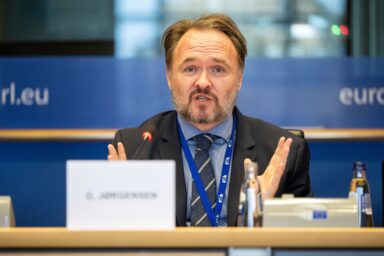In July 2025, US health secretary Robert F. Kennedy Jr. scrapped $500 million in mRNA research contracts, citing vague safety fears and backing “whole-virus vaccines” instead. The move opens a rare opportunity to cement Europe’s global leadership in mRNA, leveraging its strong industrial base, academic depth, and supportive policy evolution.
The move triggered outrage across the scientific community. Alastair Thomson, chief data officer at ARPA-H, resigned in protest, calling it “the single most stupid thing they could be doing.” Harvard scientist Jonathan Kagan warned that such antagonism was “killing our best shot at a cure for cancer.”
Europe’s favourable position
Europe already commands the largest global market share in mRNA vaccines and therapeutics, fuelled by investment in research and development, the expansion of applications beyond infectious diseases, and the streamlined regulatory pathways created during the pandemic. Biotech and pharmaceutical leaders such as BioNTech, CureVac, and Belgium’s eTheRNA anchor a strong industrial base.
According to Research and Markets, global revenues from mRNA vaccines and therapeutics are projected to exceed $72bn by 2032, with Europe playing a leading role. Regionally, the European mRNA therapeutics market is forecast to reach $8.7bn by 2030, growing at 14.6 per cent annually.
From pandemic breakthrough to broader promise
The mRNA technology works by delivering a synthetic sequence into cells, instructing them to produce proteins that trigger an immune response or act as therapy. Its speed, scalability, and versatility were proven during COVID-19, when Pfizer–BioNTech and Moderna vaccines delivered highly effective protection in record time.
But the platform’s promise extends far beyond the pandemic and that particular virus. Clinical pipelines now include candidates for influenza, malaria, and norovirus, as well as personalised cancer immunotherapies and treatments for genetic and autoimmune diseases. Research is also underway on food and environmental allergies, pointing to a potentially transformative impact on chronic health conditions.
You might be interested
Public research as foundation
The rapid success of mRNA vaccines was no accident. It built on decades of work across academia, biotech, and government labs. The landmark study Leveraging Knowledge Networks: Rethinking Technological Value Distribution in mRNA Vaccine Innovations (Mastrandrea et al., 2025) shows that universities and public research organisations contributed at least 27 per cent of the knowledge base behind mRNA vaccine patents.
A pivotal breakthrough came in the 2000s, when Katalin Karikó (Szeged University, Szeged, Hungary; University of Pennsylvania, Philadelphia, PA, USA) and Drew Weissman (Penn Institute for RNA Innovations, University of Pennsylvania, Philadelphia, PA, USA) developed modified nucleosides to stabilise mRNA, a discovery that earned them the 2023 Nobel Prize in Physiology or Medicine. Combined with advances in lipid nanoparticle delivery systems, this foundational science enabled the rapid development of COVID-19 vaccines.

German biotech firms BioNTech and CureVac, supported by institutions such as the Max Planck Society, were central to the global innovation network. These findings highlight the interplay between entrepreneurial biotech capacity and long-term academic investment, and they strengthen the case for policies that explicitly reward the public science underpinning private breakthroughs.
US retreat leads to new opportunities for Europe
Mr Kennedy’s decision risks weakening U.S. competitiveness in a technology seen as central to the future of medicine. A recent Nature poll found that 75 per cent of U.S. scientists were considering leaving the country, with Europe and Canada ranking among the preferred destinations. This looming “brain drain” could reinforce Europe’s leadership, particularly if European universities and funding bodies seize the moment to attract top US talent.
For Europe, the opportunity is not only to absorb expertise but to cement its leadership as the most reliable region for advancing next-generation biomedical platforms.
A continental strategy for mRNA
Europe’s policy frameworks are already moving to secure long-term leadership in mRNA. The European Commission’s Choose Europe for Life Sciences Strategy, launched in July 2025, sets the goal of making the EU the most attractive destination for life sciences by 2030.
While not centred on mRNA, it positions the technology within broader plans for advanced therapies (ATMPs), including a forthcoming EU Biotech Act by 2026 to streamline regulation, €4m to establish Centres of Excellence for ATMPs, and the prioritisation of next-generation vaccines such as mRNA in public procurement. Alongside this, €300m from Horizon Europe and EU4Health will accelerate uptake of innovative therapies.
Complementing this agenda, the EU’s Medical Countermeasures Strategy, led by HERA, frames mRNA platforms as cornerstones of crisis preparedness. Building on lessons from COVID-19, it combines an “ever-warm” EU FAB manufacturing network with a new Medical Countermeasures Accelerator and a doubled budget of €200m by 2027 to fast-track scalable vaccine and therapeutic capacity.
Together, these initiatives connect early-stage R&D with industrial-scale deployment, giving Europe a coherent policy architecture to consolidate its role as the global hub for mRNA innovation.
Sustaining momentum
Europe’s mRNA leadership is not guaranteed. It depends on maintaining strong academic–industry linkages, attracting global talent, and ensuring public investment continues to translate into private-sector breakthroughs. But in a geopolitical landscape where the US is stepping back, Europe now has both the scientific foundation and the policy ambition to lead.
If leveraged effectively, this convergence of industrial capability, academic depth, and political will, could cement Europe’s position as the world’s centre of gravity for next-generation mRNA innovation.











